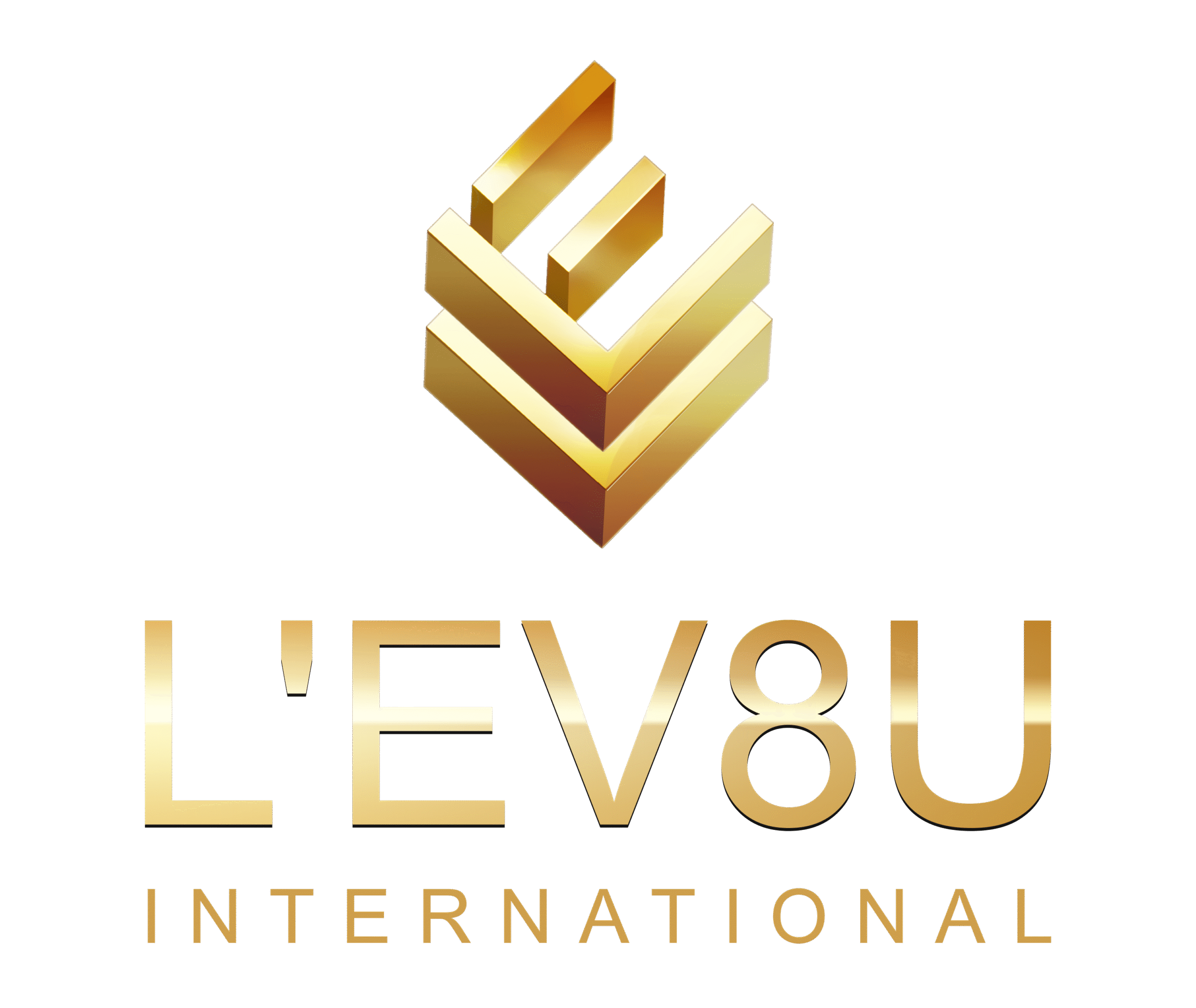ELEV-HD 003: Employee Onboarding

The following is the course description for the Employee Onboarding Course:
Employee Onboarding is an important and vital part of any companies hiring procedure. Hiring, training, and bringing new employees on board cost a lot of money and are major investments. Onboarding is a secure investment that will assist newly hired employees in developing and keeping their skills, knowledge, and value within the company. It will stop highly skilled workers from being lured to a competitor, which makes your company stronger within the market.
Through Employee Onboarding you will find it lowers costs related to employee turnover. It will increase productivity and produce a happier and more skilled workforce. The new hire phase is a critical time for the employee and company and having a structured set of procedures will make this time run smoother and produce a greater chance of success.
Course Objectives:
Research has consistently demonstrated that when clear goals are associated with learning, it occurs more easily and rapidly. With that in mind, let’s review our goals for today.
You Will:
At the end of this workshop, participants should be able to:
- Define onboarding.
- Understanding the benefits and purpose of onboarding.
- Recognize how to prepare for an onboarding program.
- Identify ways to engage and follow up with employees.
- Create expectations.
- Discover the importance of resiliency and flexibility.
Target Student:
Course Core Competencies:
Module 1: Purpose of Onboarding
Topic A: Start-Up Cost
Topic B: Anxiety
Topic C: Employee Turnover
Topic D: Realistic Expectations
Module 2: Introduction
Topic A: What is Onboarding?
Topic B: The Importance of Onboarding
Topic C: Making Employees Feel Welcome
Topic D: First Day Checklist
Module 3: Onboarding Preparation
Topic A: Professionalism
Topic B: Clarity
Topic C: Designating a Mentor
Topic D: Training
Module 4: Onboarding Checklist
Topic A: Pre-Arrival
Topic B: Arrival
Topic C: First Week
Topic D: First Month
Module 5: Creating an Engaging Program
Topic A: Getting Off on the Right Track
Topic B: Role of Human Resources
Topic C: Role of Managers
Topic D: Characteristics
Module 6: Following Up with New Employees
Topic A: Initial Check In
Topic B: Following Up
Topic C: Setting Schedules
Topic D: Mentor’s Responsibility
Module 7: Setting Expectations
Topic A: Defining Requirements
Topic B: Identifying Opportunities for Improvement and Growth
Topic C: Setting Verbal Expectations
Topic D: Putting It in Writing
Module 8: Resiliency and Flexibility
Topic A: What is Resiliency?
Topic B: Why is it Important?
Topic C: Five Steps
Topic D: What is Flexibility?
Topic E: Why is it Important?
Topic F: Five Steps
Module 9: Assigning Work
Topic A: General Principles
Topic B: The Dictatorial Approach
Topic C: The Apple Picking Approach
Topic D: The Collaborative Approach
Module 10: Providing Feedback
Topic A: Characteristics of Good Feedback
Topic B: Feedback Delivery Tools
Topic C: Informal Feedback
Topic D: Formal Feedback
Course Features
- Duration 50 hours
- Activities HR Dynamics: Empowering Your People





